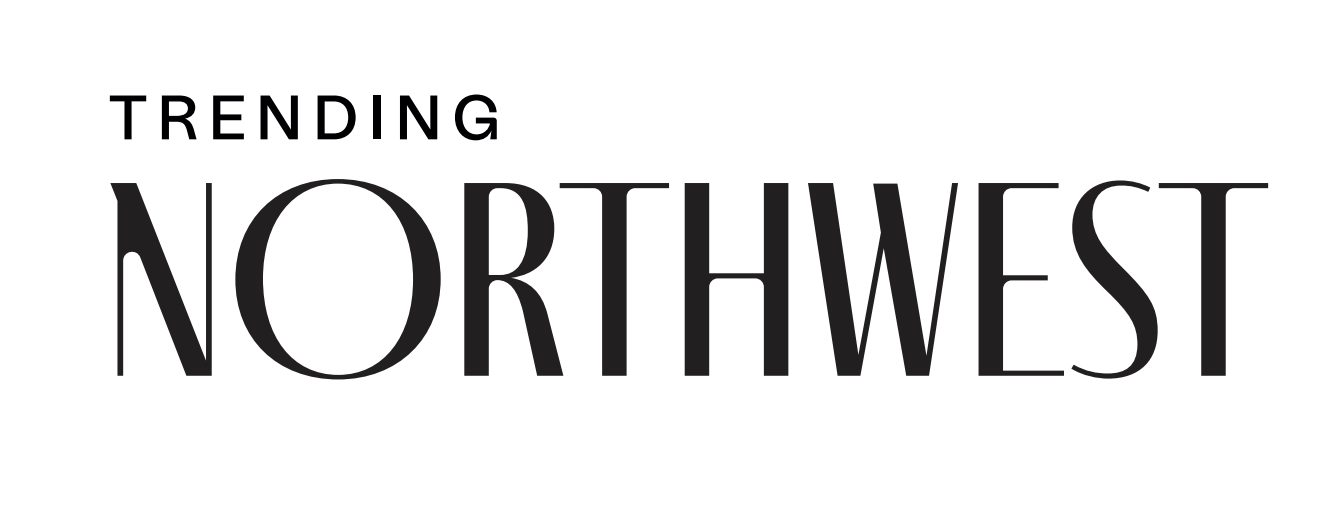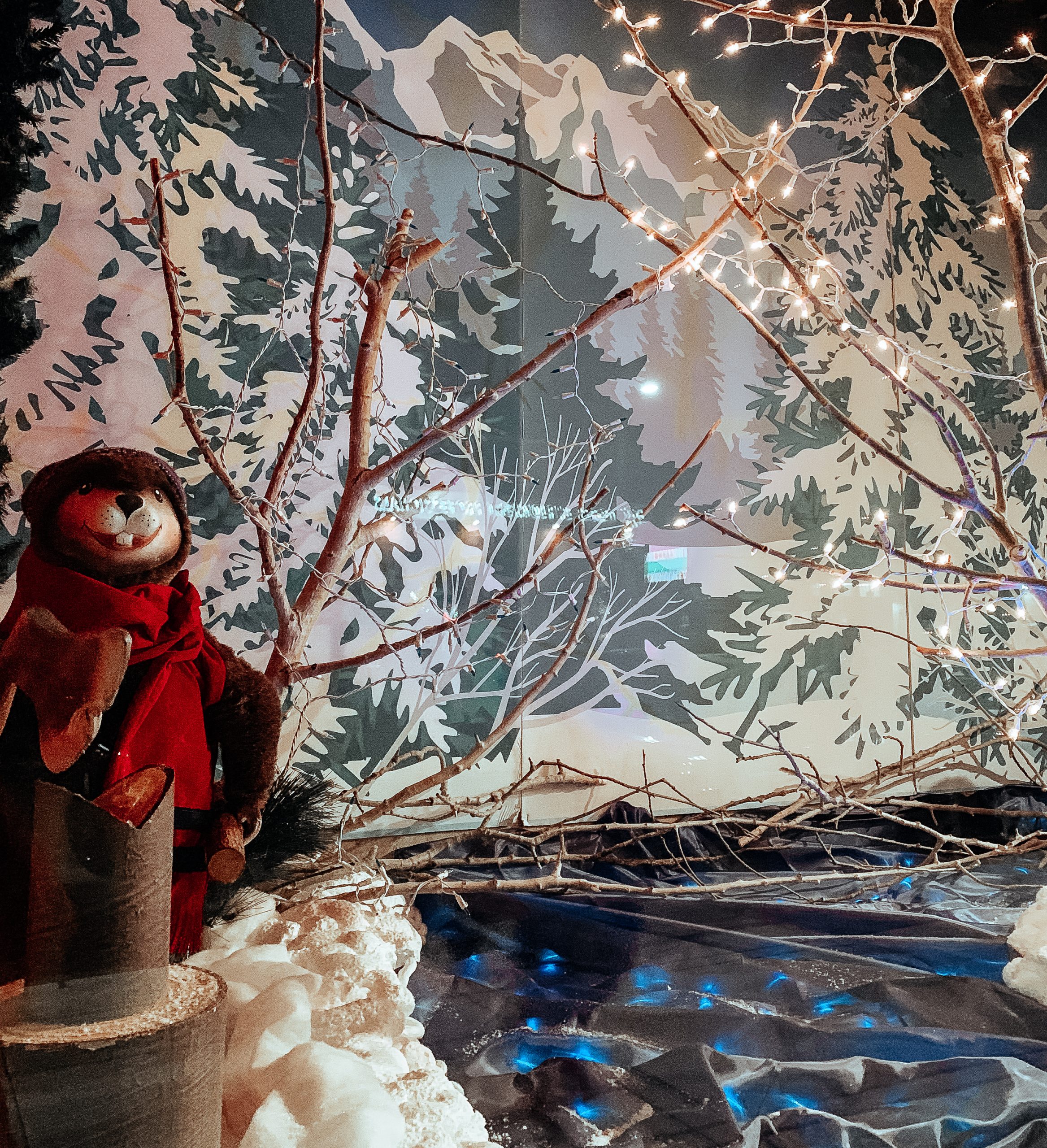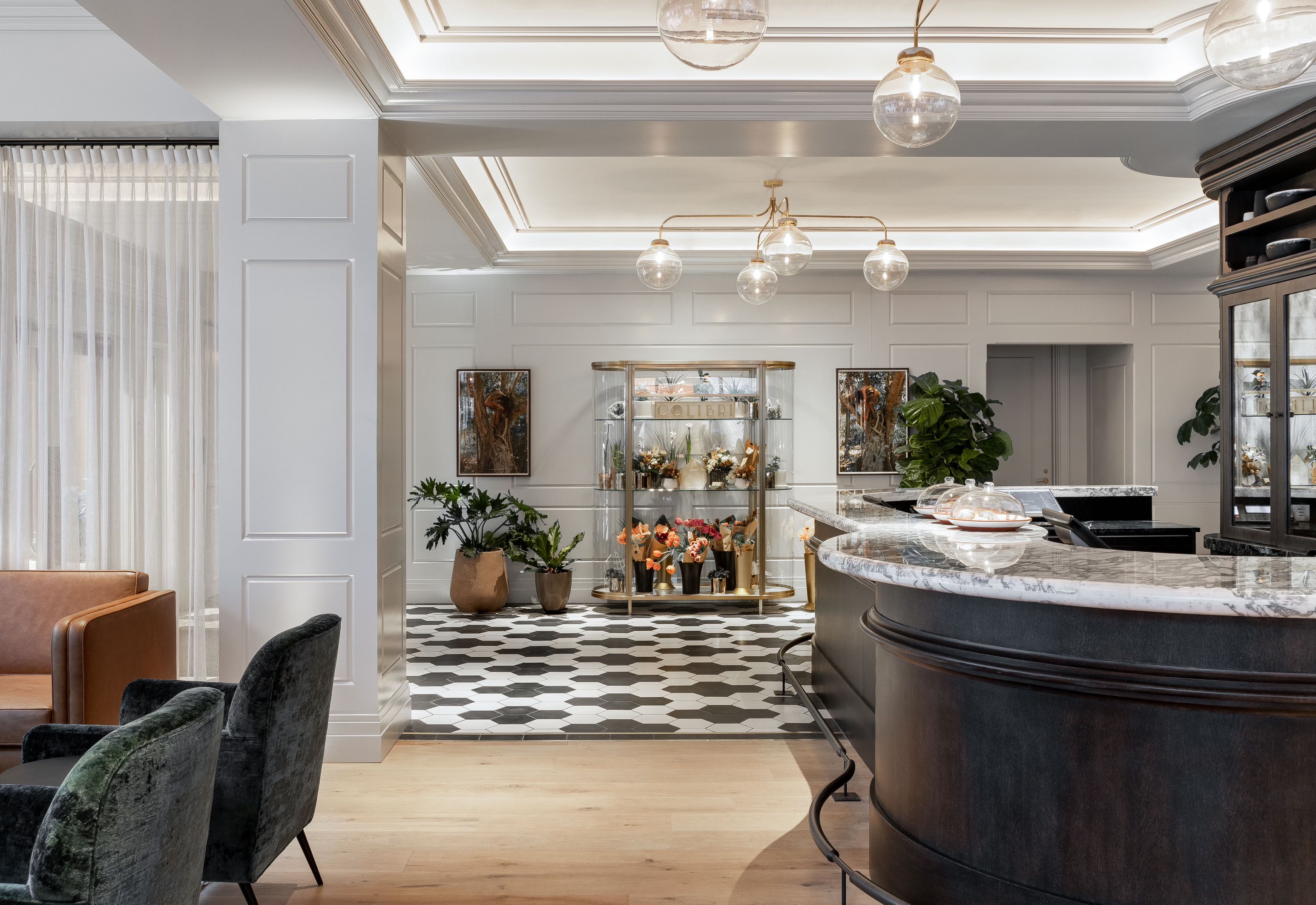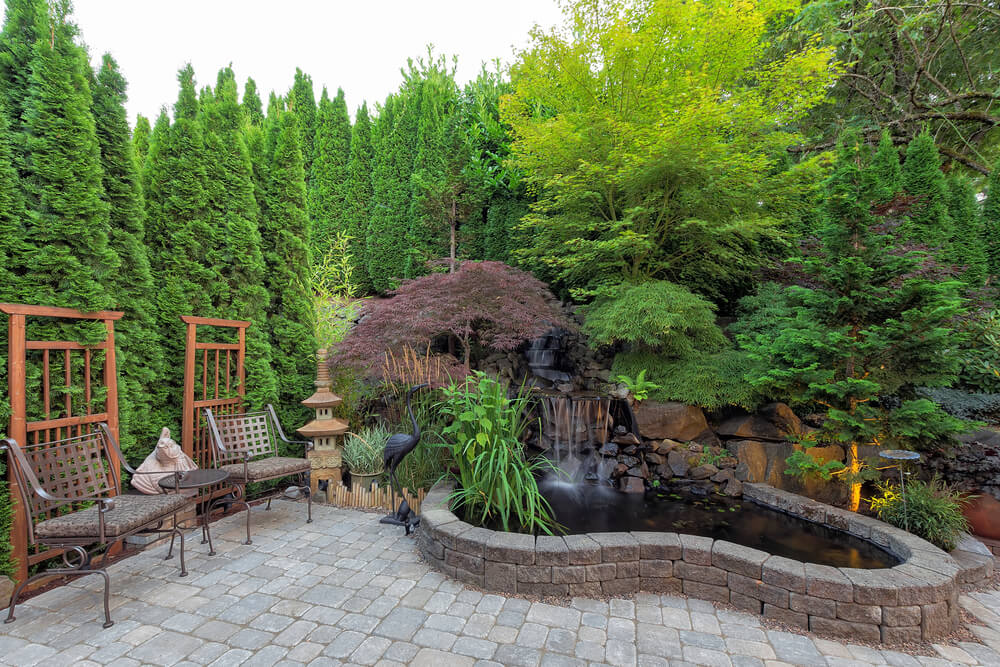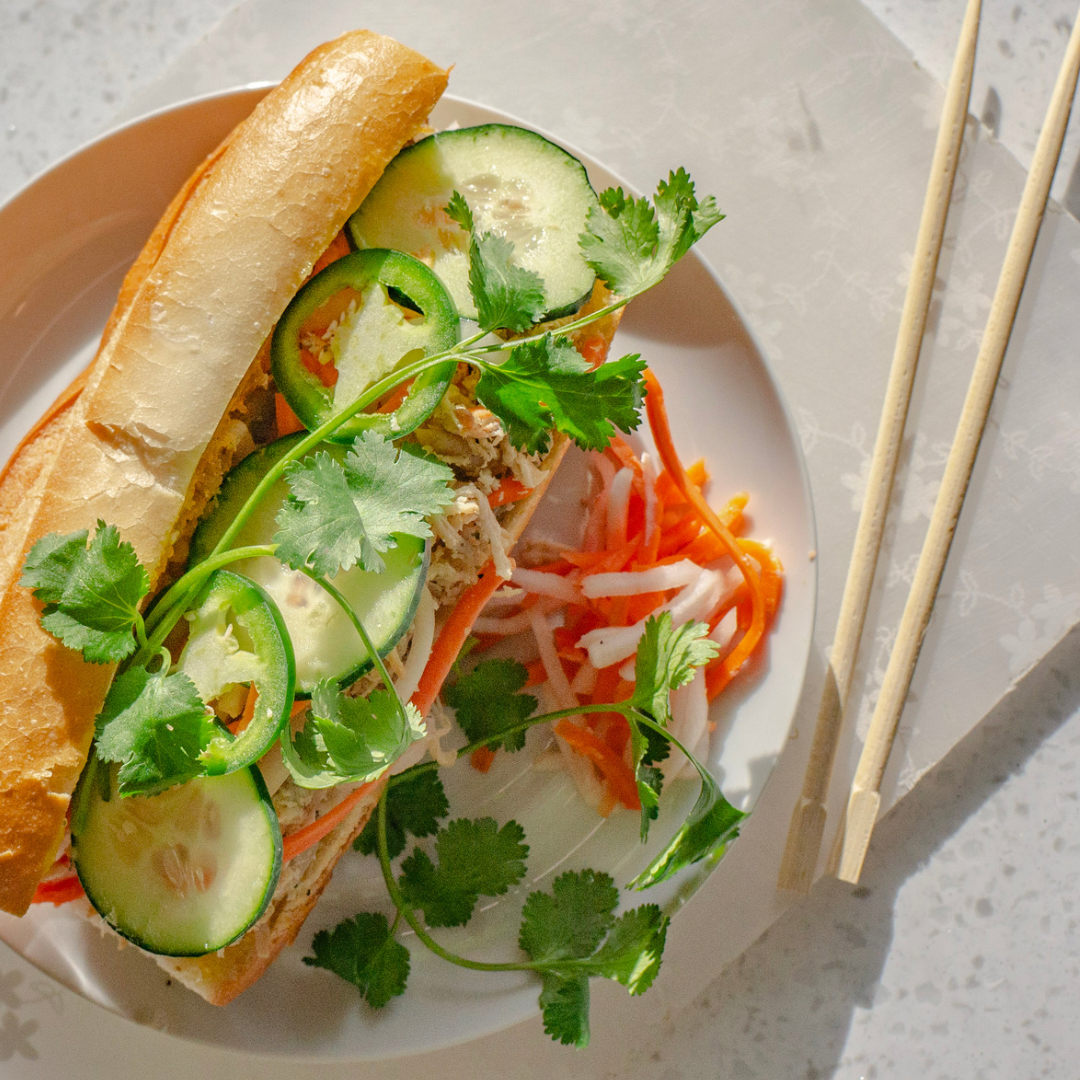Growing Greener Futures: How Dryland Revival is Transforming Spokane Landscapes
For Sam Kalk, owner of Dryland Revival, if it’s spring, it’s time to dig into the work.
Kalk opened Dryland Revival, a regenerative landscape company, in February 2022, after the human resources tech startup company he was working for folded during the COVID pandemic. When he thought about what was next up on his career agenda, he knew it had to involve landscaping and digging in the dirt. “That’s why I started the company, because I was always outside pulling weeds and I was happiest when I was in the garden. I felt disconnected working inside an office,” Kalk says. “This makes me feel more grounded. I love, love, love what we do. It just feels right.”



What they do at Dryland is based on the farming movement of regenerative agriculture. Dryland Revival is on a mission to revive dryland ecosystems, one lawn at a time. Popular domestic landscaping wastes immense amounts of water and dumps toxic chemicals into fragile ecosystems, says Kalk.
At its core, regenerative landscaping is growing things in harmony with nature. It’s about using a style that nourishes people and the earth, with specific practices varying from grower to grower and from region to region. The holistic principles behind the philosophy are meant to restore soil and ecosystem health, address inequity, and leave the land, waters, and climate in better shape for future generations.

“If you’re taking care of the soil, there is less impact on the earth. Spokane and Palouse traditional farming methods don’t rebuild the soil and repair it,” Kalk says. “We work from the ground up, employing regenerative landscaping techniques to revitalize your soil and new plantings. By utilizing native and drought-tolerant plants and trees in our designs, we help our clients maximize the benefits of the plants available in our region through water conservation, and pollinator habitat.”
Dryland Revival services run from a full-remodel landscape design and a build-out that transforms a space to options for landscape designs, hardscape construction and an option for DIY landscape that includes a consultation and design of the space, a native plant list and map, as well as product and retailer recommendations for the design. The company also provides maintenance.
Kalk says response to the DIY option has been good. “After a consultation, people receive the design from us. Then we give them a native plant list,” he says. “We can do the heavy lifting and install all hard stuff – irrigations systems and pathways with hundreds of stones. It’s a lot of work.”
Most people get a full-remodel package, he says, although they encourage people to go for the DIY option. “We had 35 installs last year and only five to six were DIY. We want more people to take advantage of that.”
“The bottom line is that getting to know our native plants is really a fun exercise … walk on the bluff or any natural areas where there are lots of beautiful plants and the way they arrange themselves (in the wild) is where we get some of our design inspiration. When we take our cues from nature, native plants use less water and maintenance. Some don’t even need pruning; they just evolve naturally. You can curate how you want things to grow. The sky’s the limit. You can be as involved as you want,” he says.
Last year, Kalk started using the SpokaneScape program – a water-efficient landscape designed specifically for Spokane residents; its focus is on the replacement of lawn with low-volume irrigation and drought-tolerant plants.
City of Spokane water customers can earn up to a $500 credit towards their utility bill after removing lawn and replacing it with water wise plants and mulch. Applications and how-to information for the program are available at SpokaneCity.org.
Dryland Revival will process applications as well, helping homeowners facilitate what can be an overwhelming project. Kalk says in 2023, the company processed 13 applications that were accepted by the program.
At the 2022 Garden Expo, Kalk gave a workshop on “Hügelkultur” (pronounced hyoo-gul-kulture), a German word that means mound culture or hill culture. A hügelkultur is a sloped and raised planting bed filled with topsoil, wood, and organic materials. German and European people have practiced it as a gardening method for hundreds of years. “You can mimic what the forest does. Most of our installs use a lot of compost mulch,” Kalk says.
Even if you’re not in the market for a complete redo of your property, there are things people can do to contribute to biodiversity, he adds. “One of the most impactful ways you can care for the earth is by planting native plants in your landscape.”
“Just plant a tree. Even doing a little bit by planting one native plant … the more you do, the better,” he says. “It doesn’t take that much to make a difference. Getting one or two native plants for our pollinators and bird species is investing in the beauty of our region.”
While arrowleaf balsamroot is Spokane’s signature springtime heartthrob, according to Kalk, there are a wide variety of other less-oft-discussed plants natives such as tufted phlox, wild onions, camas, and shrubby penstemons which “unashamedly put on equally astounding shows in meadows less visited by flora tourists,” he says. “Our region’s native and indigenous plants mark spring’s beginning, thrive in the summer, wave in the fall, and persist through winter.”
The company typically employs two crews of three or four during spring and summer. Prices vary depending on what homeowners are looking for and the square footage of the project, with “one job will cost around $5,000 and can be done in a day, while we’ve done others that total $100,000. The average cost for homeowners in the last year was about $19,000 – $20,000.”
Several local nurseries and garden centers stock native plants Kalk says, including Yarrow, Idaho fescue and Rocky Mountain Juniper.
For a list of native plants, check out the Dryland Revival website and/or access the Washington State University Extension office.
Judith Spitzer
Judith Spitzer is an independent journalist living in the Pacific Northwest.
